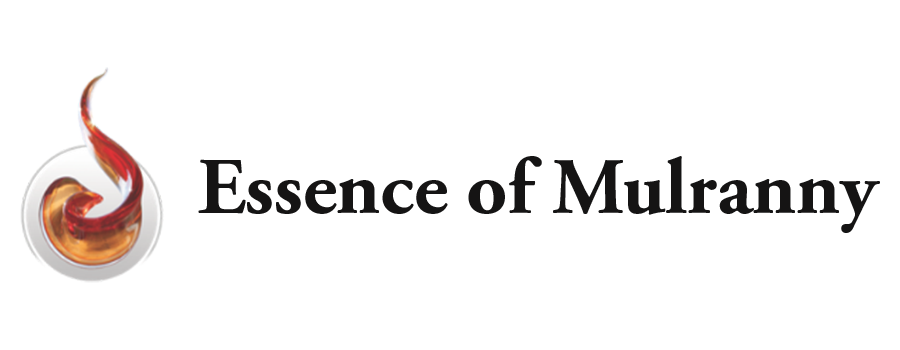Jodi Reeb
Jodi Reeb
I have been a full-time artist and teacher for over 25 years. My current body of work consists primarily of photos I’ve taken of pollinator-friendly plants from the “bee’s perspective”. The images are printed on tissue paper and combined with Encaustic painting and oil paint.
I have taught printmaking, acrylic and encaustic painting as well as book arts locally and nationally. My artwork has been shown nationally receiving numerous awards and is in many private and corporate collections including Wells Fargo Mortgage, Target Corporation, UnitedHealthCare Group and the Hilton Hotel among others. In 2020, I was awarded a Hinge Arts Residency through Springboard for the Arts. I am the recipient of the Minnesota State Arts Board Grant in 2018. I received a bachelor's degree in Fine Arts (BFA) from the Minneapolis College of Art & Design, MCAD, where I instructed printmaking for over 9 years. I am a CORE instructor for R&F Handmade Paints teaching monthly workshops in her studio as well as nationally. I also teach acrylic painting workshops and is a GOLDEN Acrylic Paints Artist Educator, Ampersand Art Ambassador and now a Silverbrush Educator. I create my mixed-media paintings and sculptures in my studio at Traffic Zone Center for Visual Art where I have been a co-op member for 15 years in Minneapolis.
I have had a lifelong fascination with nature and science, especially with the patterns that emerge in the organic world. The flame of the torch melting the wax simulates patterns made by water in lakes and marshes. I also take photographs of pollinator friendly plants as photo collage in my paintings. Exploring the subject of abstract landscape is a practice of discovery, a way of connecting inner and outer worlds. Process is important to me because of the spontaneous effects of melting beeswax. Currently, I am creating wall sculptures using aluminum sheeting and encaustic as well as circular painting wall installations.
The method of Encaustic painting involves applying hot molten beeswax with pigment to a painting surface, which is then “fused” (melted) with a torch or heat gun. This creates a variety of surfaces with textured and transparent layers. Encaustic painting allows me a wide range of tools and the process of transparent layering.
Website: jodireeb.com
Classes with Jodi Reeb
Textures and Translucency
Introduction to Encaustic
Beeswax mixed with damar resin (medium) or pigments.
Fuse each layer with a heat gun, iron or hand-held torch.
Studio Safety:
Always work in a well-ventilated area near an exhaust fan.
Wax melts between 165-215 degrees. Do not heat the wax above 225 degrees.
Wear gloves and protective clothing
Equipment:
Aluminum heated palette, electric griddles with thermometers or non-iron fryers
Brushes – natural bristles only. No nylon or synthetic, which will melt.
Palette knives for scraping and removing layers of wax.
Thermometer
Torch, iron or heat gun for fusing each layer.
Rigid Substances:
Birch plywood, Ampersand Clayboard or EncausticBoard, -canvas or paper mounted on wood. Encaustic gesso is a wonderful ground.
Substrates must be rigid, absorbent and heat resistant
Alter substrates with watercolor, graphite, charcoal or pencil before applying wax. These fine marks are difficult to achieve when working on the hot melted surface of encaustic.
Collage: pages from old books, maps, and handmade. Dip papers into wax and fuse with an iron or heat gun.
Stencils: add texture by brushing melted wax through purchased or handmade templates. Fuse lightly through the stencil. Remove once the wax cools.
Image Transfer: heat wax layer, press toner side of laser copies onto wax and burnish with a spoon for several minutes. Add water and rub away paper fibers to leave the toner embedded in the wax layer. Fuse.
Oil Pigments Sticks: incise into wax layer using a tool. Rub an oil stick into the line or overall and buff with cheese cloth into the indentations in the wax.
Embedding objects: Build up and fuse 3-4 layers of wax to begin. Heat wax and push shapes into the wax. Add a layer over the object to secure on all sides. The object can also be removed to create texture.
Scraping: Beautiful paintings can be created by heating a metal palette knife and scraping through the layers of wax.



